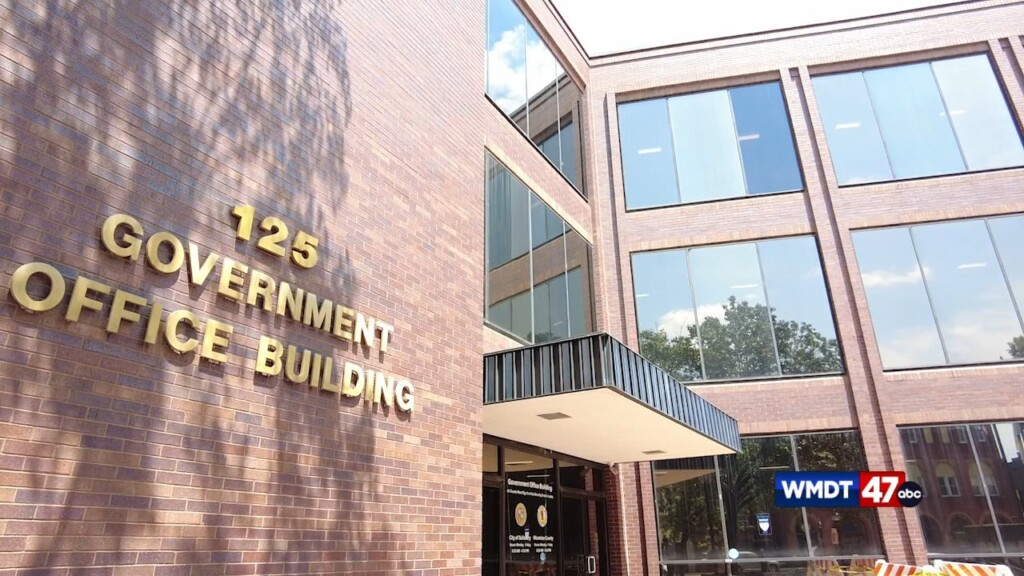Study finds Delaware Public School System needs $600M-$1B dollars pre year to address inequalities

DELAWARE – Delaware’s Public School system is under-funding inquiries to the tune of $600 million to $1 billion a year, according to a new report.
The report, commissioned by independent experts following a 2018 ACLU lawsuit on inadequate property tax assessment in school districts in the First State, is doing a poor job of tracking student needs in their funding formula.
“It found that particularly low-income students, students with disabilities, and English language learners are traditionally not getting enough funding, and what we’re seeing in Delaware is we’re seeing a real drop in achievement for a lot of that student,” said Delaware ACLU Executive Director Mike Brickner.
Delaware State Senator Tizzy Lockman says it’s not just that certain students require more resources; in Delaware, many of those students are concentrated in the same districts, driving costs and disparities in outcomes up even further.
“Student in a school where 30% of the students are low income is less than how much that student needs to be successful in a school where like 70% of the students are low income,” Sen. Lockman said.
Senator Lockman says that during a presentation of the report’s findings, the authors stressed the need to address those unique costs and have a formula that doesn’t leave districts behind. She says that’s because their tax base is lower income.
“The concept that they presented is more about, well, what does the student population look like? And what are the needs that come with that student population? Then let’s use that as a driver to figure out what that dollar figure should be, as opposed to we know that we need this particular type of staff person in this spot. And then the cost associated with that ends up being driven by the qualifications and the length of service and things like that that that individual has,” Sen. Lockman said.
The ACLU stresses that while resources need to be more targeted and spent better based on need, their findings were definitive the whole system is hundreds of millions of dollars behind other states and it’s showing up in academic performance.
“The report is showing that there’s still far too little funding. The property taxes by themselves are not going to raise all of those dollars, even if we do these reassessments regularly. And so the state has to put more funding into its schools to make up for those shortfalls,” Brickner said.


